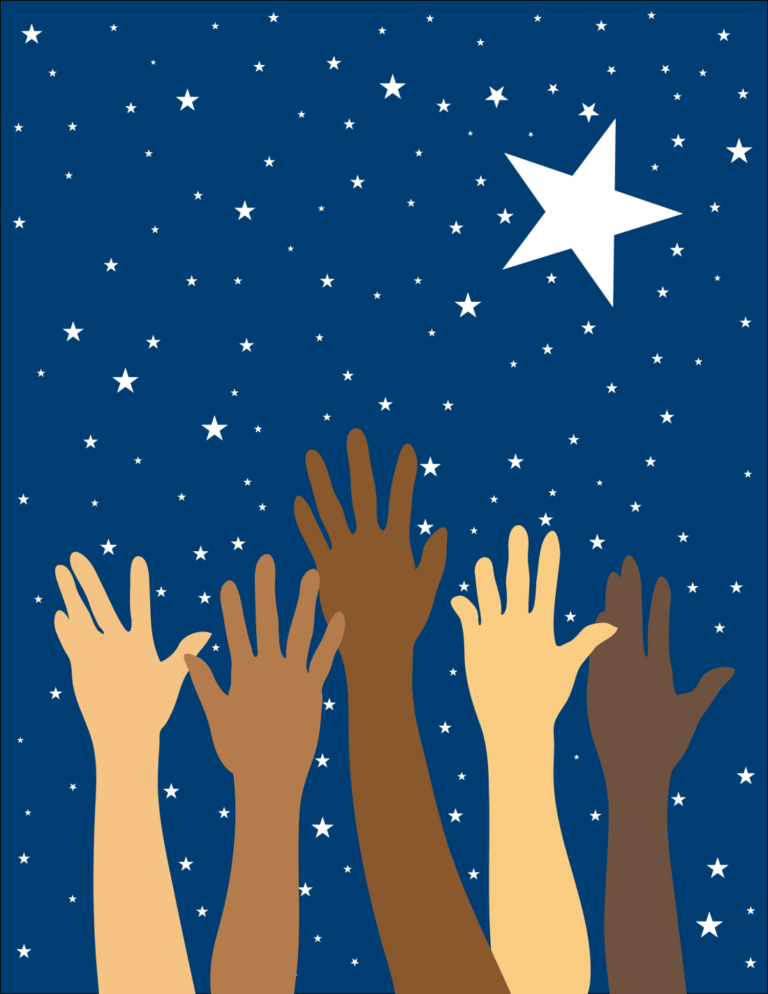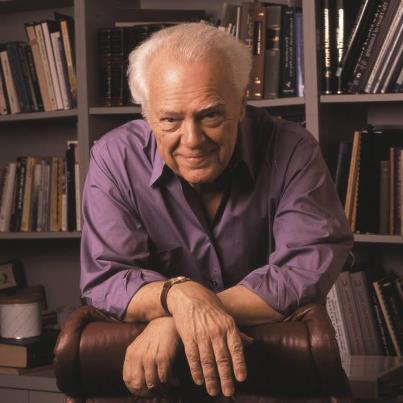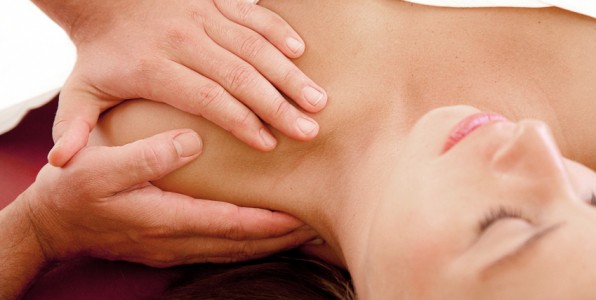Chronic Pain Getting You Down?
Chronic Pain throws a jolt into life, doesn’t it?
One of the most difficult things about chronic pain is that there is no break. The body continually sends signals to the brain that say “OW”, and there is no rest on a physical level. If your chronic pain is lasting days, weeks or even months, you need some help. And if your chronic pain is coming from an illness level, it’s important that you seek medical help. In addition to that, naturopathic and/or functional medicine can also be very helpful in supporting an overall maintenance or health recovery.
What I would like to talk about is twofold. The myofascial component of pain, and also how the mind reacts to pain.
- Fascia-If there is inflammation in the body, it often affects the fascia as pain or dysfunction of some sort. In the reverse, if the fascial body is tight, disorganized or unhealthy, it can also cause pain patterns. Because fascia interacts with all the living things in your body, it is important to address any myofascial issues that contribute to your chronic pain. The problem is that most people have never even heard of fascia. So they go on medications and travel the traditional route looking for answers. Sometimes- the answers are there. Sometimes not. Mostly, in my practice I receive clients who have found no resolutions anywhere. So what do we do? We begin a dialogue between my hands and the person’s fascia. The body tells me where to go. Whether there are tight sheets, torques, pulls, resistance or whatever- we work there until the soft tissues start to melt and re-vigorate. I look for more hydration, flexibility, motion and general health in the fascia. When this happens, compression and dysfunctional patterns disappear, leaving more flow and energy to help self-correct the physical body. The body eventually begins to feel more space and alignment, and voila- you can breathe again.
- The Mind- It plays a huge part in how we respond to physical pain. It is true, that as human beings, we can suffer with physical pain. But there are other things that can make pain worst. And usually, believe it or not- when we ignore our pain- the pattern usually gets worst. Ignoring our bodies does not create better health. One thing that is helpful to do to relax pain patterns is to do a breathing meditation, Breathing with awareness helps to bring motion back into the body. Motion is vitality. On top of that benefit, when we start to notice our thoughts, and beliefs, we become more empowered in understanding how our mind is organized. When we experience our bodies, with gentle awareness, pain often softens and can actually subside. As we question our unhealthy thinking, the mind expands, and so does the space inside of us. I know, that sometimes it is easier to resist the pain- but that really doesn’t help long-term. Take some time each day to find the silence in the moment, the places in your body that are feeling good, or ask for loving kindness to fill you up. The mind’s relationship to pain is important. If you want to feel better, it is crucial that you start to explore other conscious choices.
I have worked with people on the table for close to 30 years. Chronic Pain is not the easiest thing to shift. But with a holistic approach, I have seen people get better, and heal. Looking at the foods you eat, your exercise schedule, how you think and act, along with your meditation practice can truly help. Finding a person to journey with you and support you through modalities like SomatoEmotional Release can be life changing.
Remember, that chronic pain can be a lonely place. Don’t leave yourself in that position. Get some help because your life is important.
Sharon Hartnett LMT, CST-D, SomatoeEmotional Release, SI, BHSP, Hakomi
703 509-1792
www.craniosacraltherapistcolumbus.com
Serving The Columbus Area






